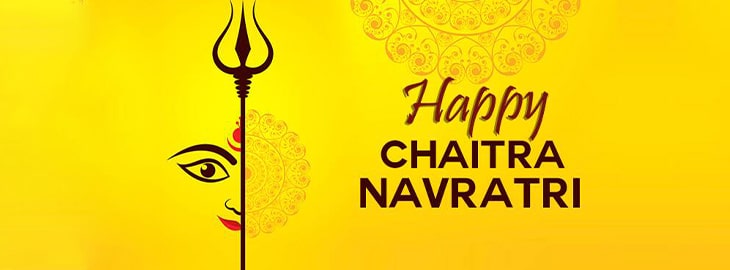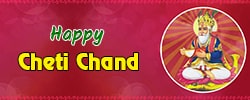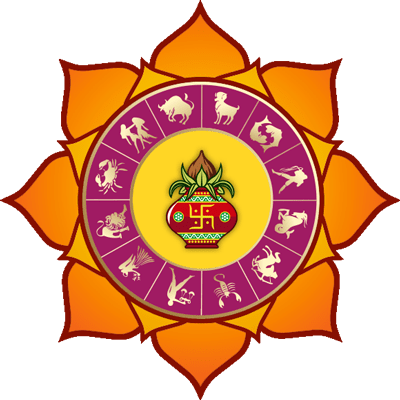
Chaitra Navratri
Get Chaitra Navratri 2024 dates along with Vasant Navratri Muhurat for New Delhi, India. Nine days of Navratri are dedicated to the 9 incarnations of Goddess Durga.
Chaitra Navratri 2024
When is Chaitra Navratri in 2024?
Tue
09th
Apr
Chaitra Navratri is the 9-day Hindu festival. It begins on the 1st day of Hindu lunar calendar. The fair marks the worshiping of 9 incarnations of Goddess Shakti or Goddess Durga. Every year, this favorable Hindu festival is celebrated in the month of March and April. It is famous in the Hindu month of Chaitra and devoted to 9 avatars of Goddess Durga.
Chaitra Navratri is also mention as Rama Navratri in some parts of northern India. Rama Navami, the birthday of Lord Rama, falls on the 9th day during Navratri festival. The Hindu lunar calendar represented the celebrations in the month of Chaitra, which is also defined as marking the New Year. Chaitra Navratri begins with Gudhi Padwa in Maharashtra, and the festivals begin with Ugadi in Andhra Pradesh.
Legends of Chaitra Navratri
Navratri is a mix blend of different cultures and shares a same meaning, i.e. the victory of good over evil. In Chaitra Navratri, Devil Mahishasura, who had beaten all the gods and devas, was finally killed by Goddess Durga. After the Gods were defeated, they approach Brahma (Hindu creator god), Vishnu (preserver god), and Mahesh (the destroyer), whose collective energy gave rise to the highest deity, Goddess Durga.
In Chaitra Navratri, the ninth day is celebrated as Ram Navami (Spring Hindu festival), the day Lord Rama was born. In the Sharad Navratri, the 10th day is celebrated as Vijayadashami or Dussehra, the day Lord Ram ji killed the devil king Ravana.
Chaitra Navratri Kalash Sthapna Puja
Chaitra Navratri generally begins in March-April time. People prefer to do Kalash Sthapna pooja at their homely space and workplace. A Kalash is kept at the place of worship and people even call a pujari to carry out the rituals of Kalash pooja. There is a perfect way to install a Kalash on the 1st day of Navratri.
- Waking up early in the morning and taking a shower must be the first activity.
- After cleaning the idols, the 1st thing you require to do is cleaning the place where the Kalash has to be kept.
- The next thing you require to do is diffusion a red-colored cloth on a wooden seat and chant the mantras of Lord Ganesha while put raw rice on the red cloth.
- Using some soil, you need to make an altar and sow the seeds of Barley in it.
- Now, set the Kalash on the soil and fill some water in it.
- Use the vermilion paste to make a swastika sign on the Kalash and tie a sacred thread around the neck of the Kalash.
- Add betel nuts and coin in the Kalash and keep some mango leaves in it.
- Now, take a coconut, tie a sacred thread and a red Chunari around it.
- Put this coconut over the top of Kalash and pray to the almighty God.
- Offer flowers to the deities and worship from the spiritual mind and the soul.
The Kalash Sthapna puja is proved to be helpful to draw in more health, wealth and prosperity in our lives.
Foods for Navratri Fasting
During the fast of Navratris, foods like Sabudana khichdi (Sago Khichdi), Kuttu Ki Pori (Grass Seed Flour or Buckwheat Pori), Singhare Ka Halwa (Water Chestnut Flour Halwa), like Sabudana Vada (Sago Vada), , and Singhare Ke Pakore are preferred for eating.



